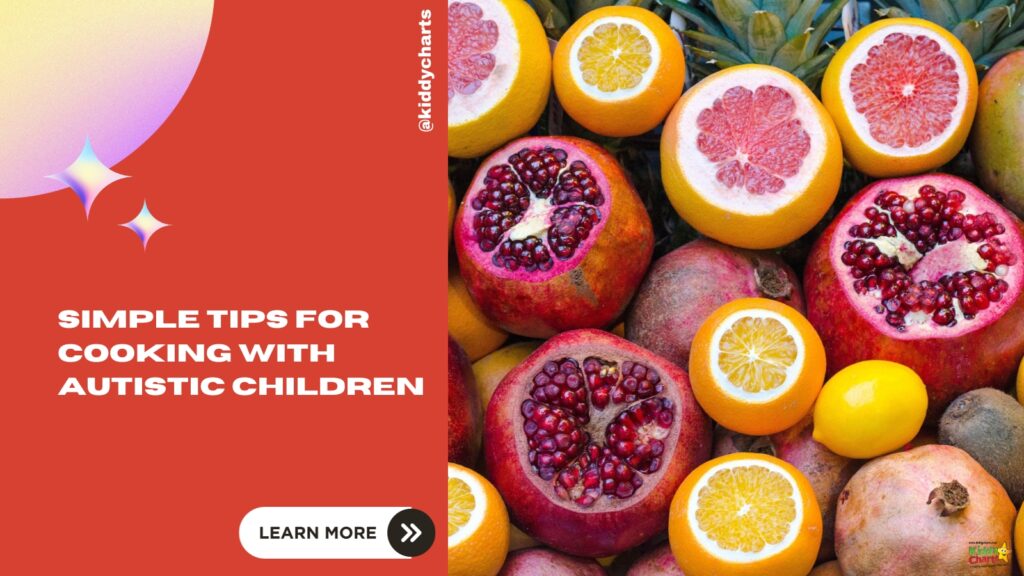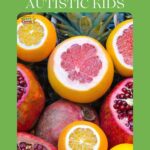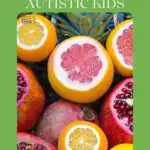We have a guest post today with advice and support for cooking with autistic children from En Cuisine Cooking School. They want to help all children, of whatever age or ability, to learn to cook and to enjoy cooking. As a result, over the years they have cooked with many children who are on the autistic spectrum. Over to Florence Rabattet, Chef and Founder of En Cuisine Cooking School.
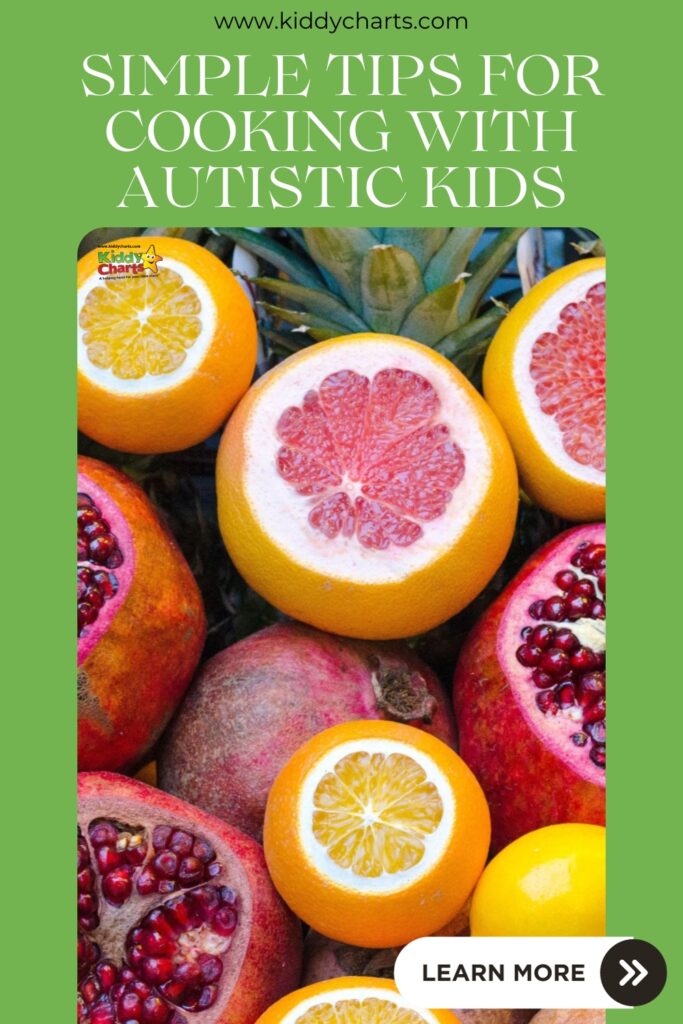

Note: we have used the NHS advice in reference to language within this article; do contact us if you have other feedback.
To start with, I did an awful lot of reading. I found out more about autism and children who are on the spectrum and how they are different to neurotypical children. I also researched how I might have to adjust not only my approach and behaviour, but also my recipes in order to cater for the autistic children that came to me to learn to cook.
As I went along, I learnt another big lesson very quickly and that was the discovery that every single child on the autistic spectrum is different. This meant that it didn’t matter if one of my techniques was working with a child with the same diagnosis, there was still a very good chance that the same technique would not work with another child. This means that I have had to constantly adjust how I work with individuals. I’ve had to observe them and continuously adjust my approach, finding new ways of working all the time.
Two things all the autistic children I have worked with do have in common though:
- Firstly, the difficulty they experience in eating a variety of ingredients and,
- Secondly, that they can only focus for short lengths of time.
So, if you are planning to cook with a child or children on the spectrum, whether as a parent or in a professional capacity, here are some ideas to make the process more fun for all those involved.
1. Touch troubles


Some children are overwhelmed by the sensation of touch because of sensory issues and texture of foods. This can cause a hard time in a busy kitchen with ‘unpredictable’ ingredients. For example, with children who really struggle to touch dough with their fingers, or crunchy foods, I give them gloves. If they can handle the texture of latex, I will opt for that but if that is another issue, I use fabric kitchen gloves. Remember to put gloves on both hands so stray ingredients don’t derail your cooking. Of course, sometimes gloves don’t work in any form. In that case, accept that the food feels very different for them, and that you need to go to a different recipe that allows for that child’s triggers.
Food preferences are part and parcel of working with the feeding challenges of the children I work with. Sometimes it helps to work with the children for food ideas too. Perhaps incorporating those already in their daily routines, or encourage healthy eating habits. Be as collaborative as possible with the ingredients and recipes so that you are offering as much autonomy as possible to the children. Chat to the parents of children, if suitable, or the children themselves if relevant.
2. Ingredient colours
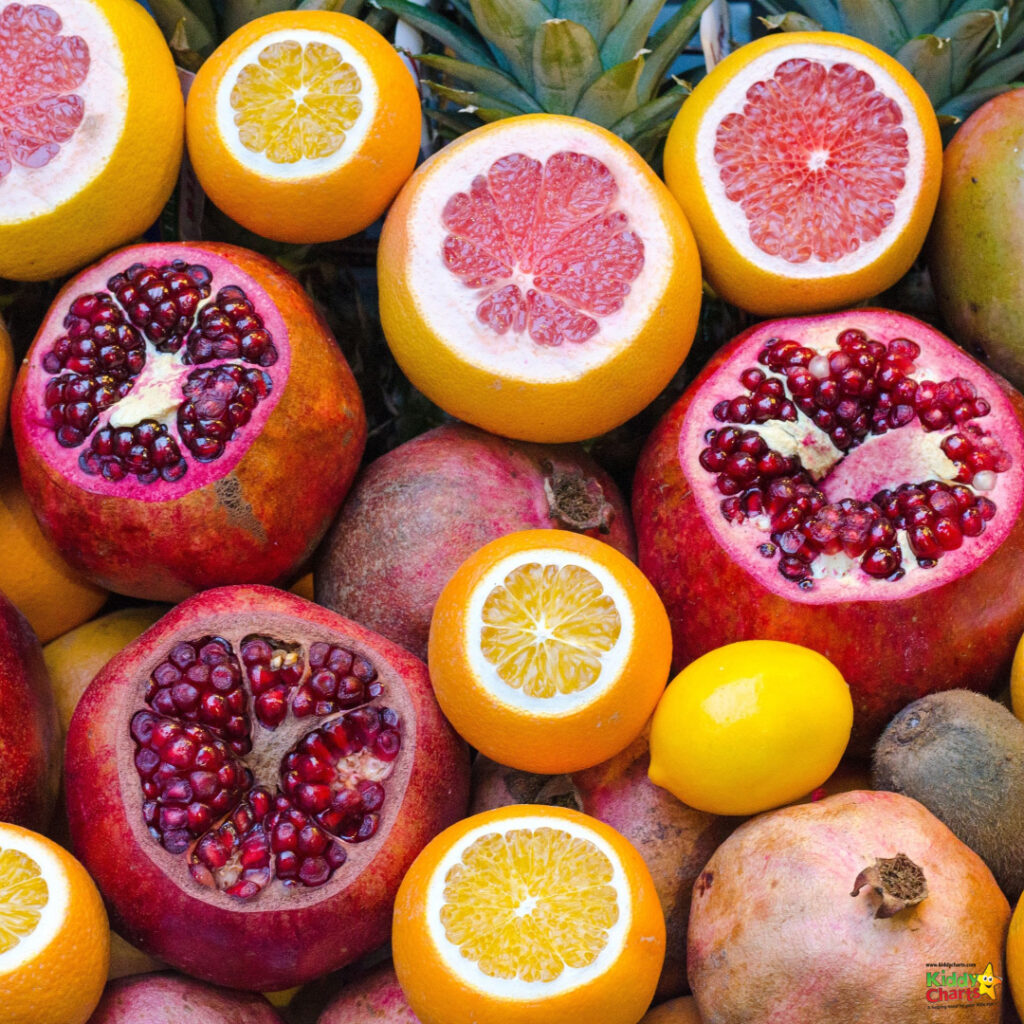
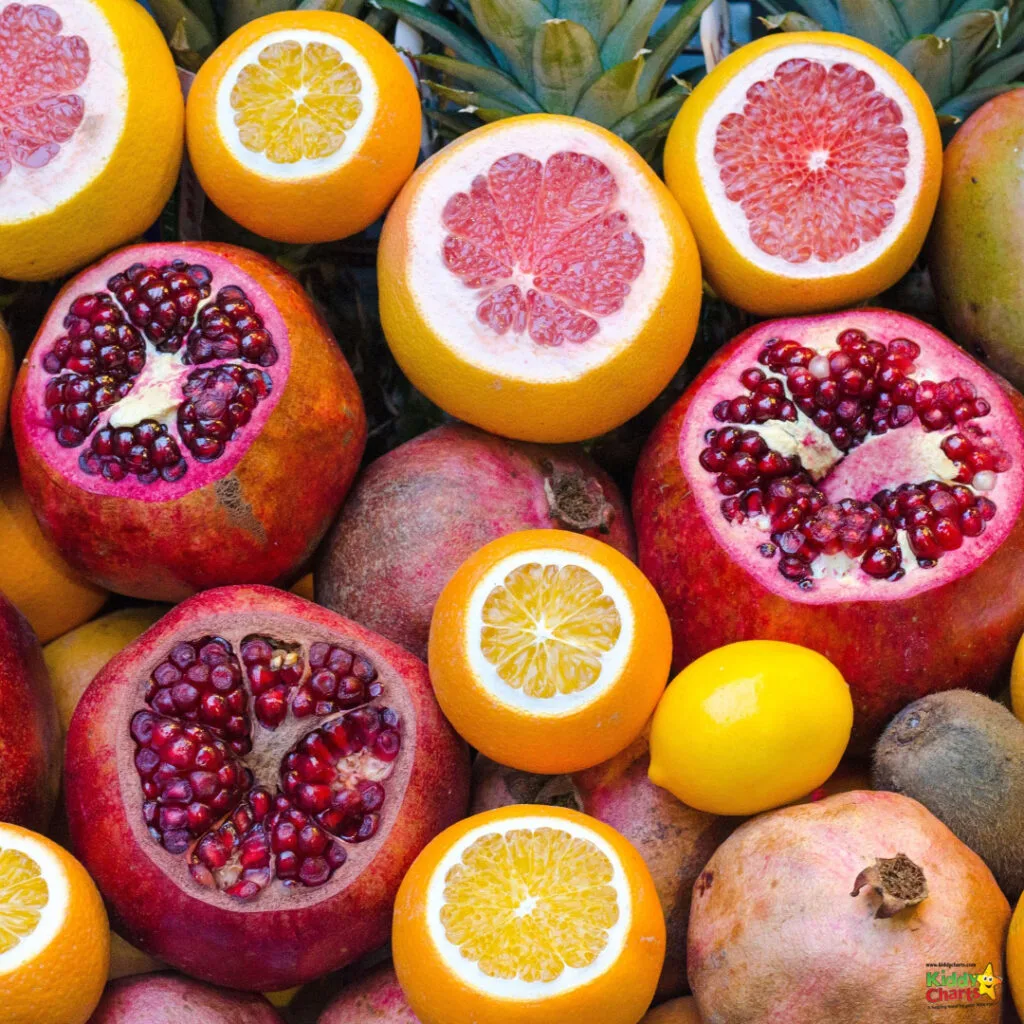
Some children struggle with the colour of the ingredients and food selectivity. This can be part of sensory processing disorder where visual stimuli can become overwhelming. Green is often quite a difficult colour for them and, being a chef and teacher that promotes cooking and enjoying healthy foods in a child’s diet, I use a lot of ingredients that are green, which is hard when picky eating comes into play and you are encouraging a balanced diet where possible. The point here is that you don’t need to force them to eat a food they are uncomfortable with. I always tell my students that they don’t have to eat what they are making.
They are here to learn, discover and – most importantly – have fun with us. So, suggest they cook for the person that they love (such as a parent, grandparent, friend or sibling) but that they don’t have to eat the final dish themselves. Once the pressure is off, they will relax and the colour of ingredients can become less of an issue. It is worth thinking about the food groups here too, perhaps using our Go Grow Glow sorting game, or Go Grow Glow good groups game. This can help with healthier food choices, and is a visual and great way of supporting some children with specific food, and selective eating.
3. Practically imperfect
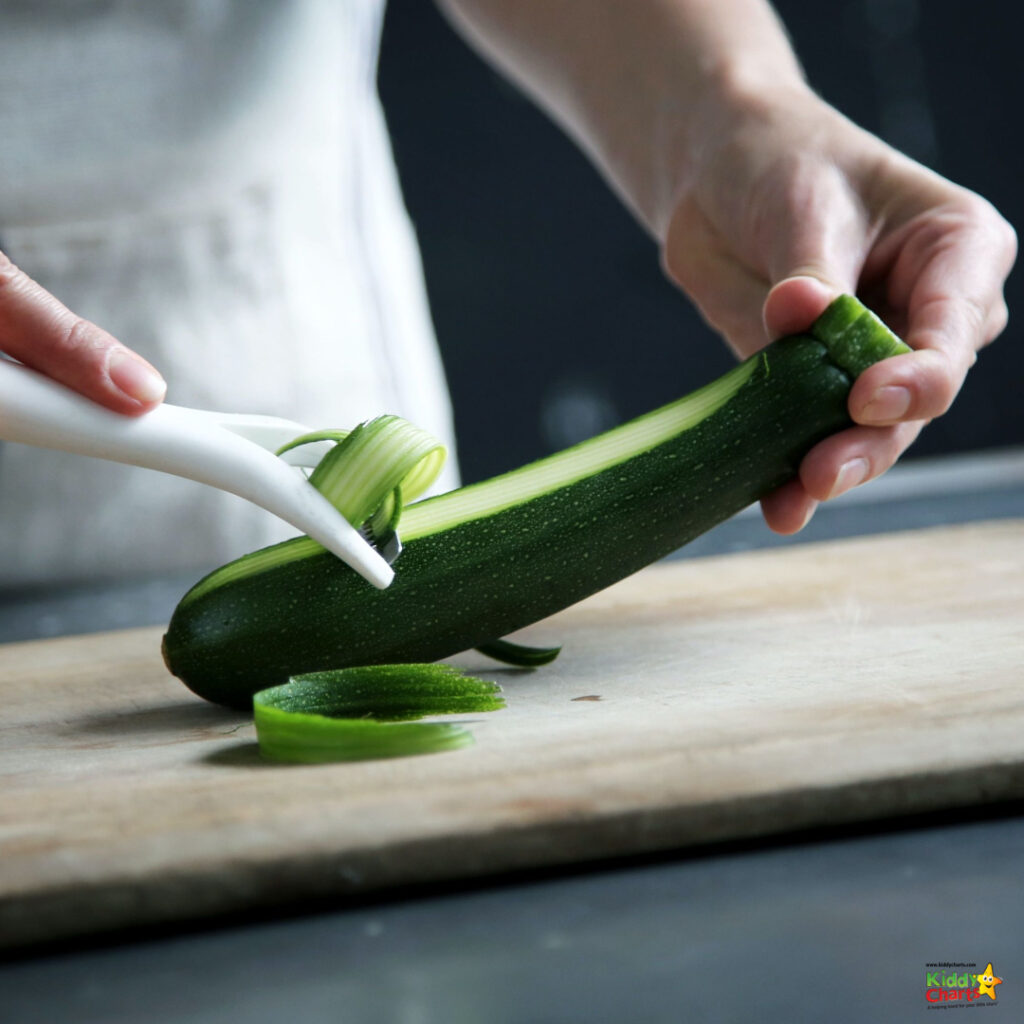
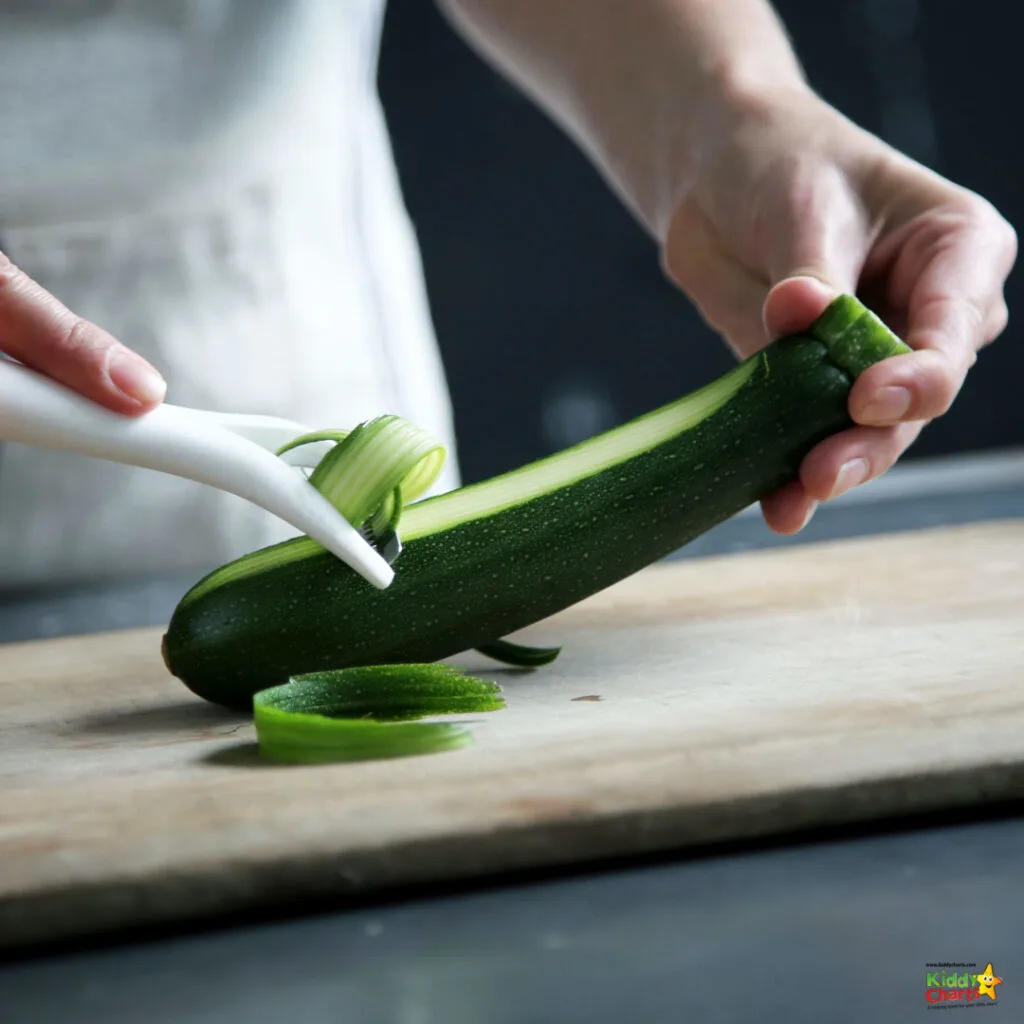
Autistic children may also have issues with peeling vegetables, cutting ingredients and also tidying their working surfaces, as they go along and at the end of the lesson. It is so important to look out for a child’s unique needs in the kitchen. Of course, I keep a close eye on them, but what is more important is to give them your trust and let them know that none of us is perfect alongside the gradual exposure to new textures and ideas within the classes/kitchen.
I tell them that I trust them… and then I prove it by letting them get on with it. It doesn’t matter if the peeling or the cutting is not perfect and you have the odd bit of skin left on or different size chunks. It’s even OK if they cut themselves a little bit on occasion. I tell them that I still hurt myself with the knives because sometimes I forget to “tidy my fingers” and my thumb gets in the way of the blade. This takes the pressure off and they can relax into their preparations and clearing up, because they know I am ok with mess and imperfection.
4. Divert the attention of others

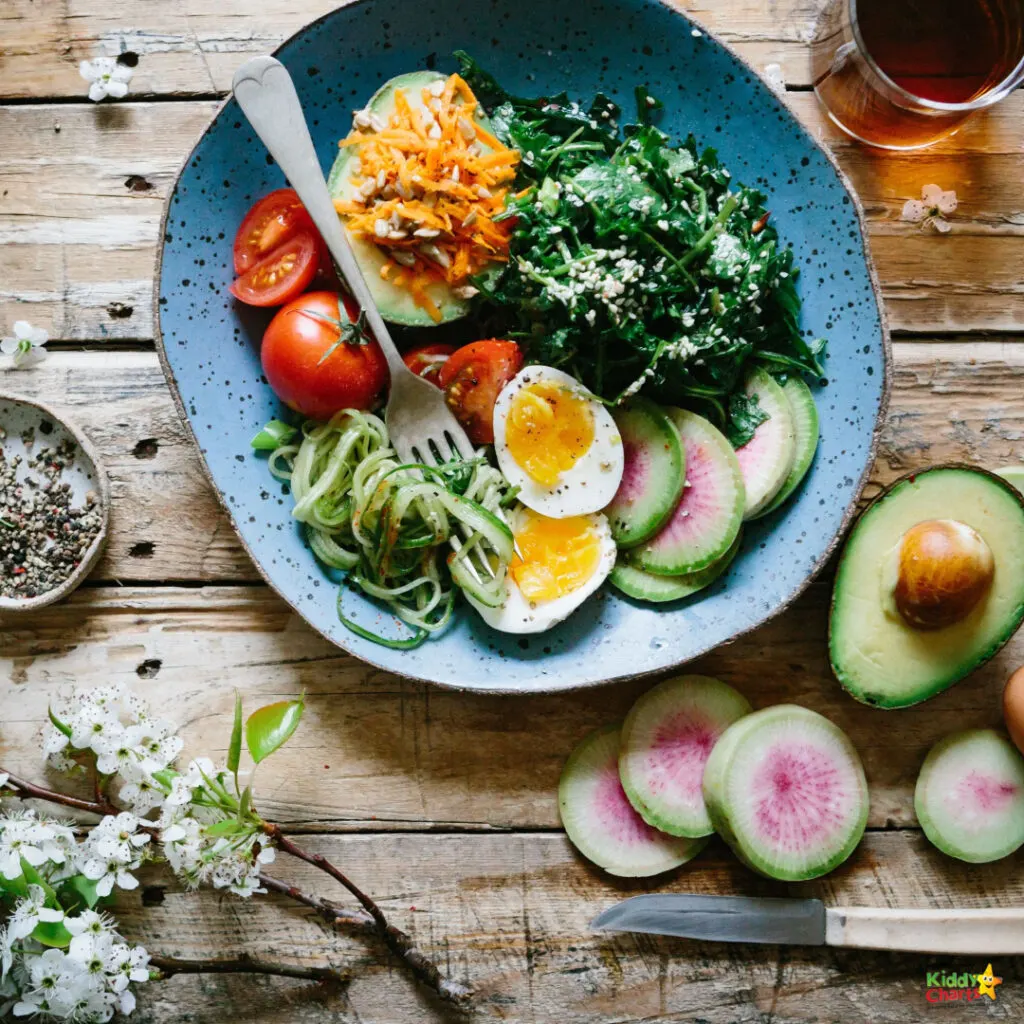
Because this is an ongoing learning process, there will still be times when an autistic child struggles in a group setting, even with easy recipes. You will usually notice that the child is becoming upset and typically very quickly the rest of the group starts noticing that too, which is an additional pressure and a situation that can, potentially, spiral. Alternatively, he or she may, by contrast, become quiet.
When I see these signs, it is a good idea to distract others in the group by drawing attention to myself. I make sure all the kids have their eyes on me and I become an actor for a short while. I explain to them that I really hate one vegetable and that the taste of it makes me feel quite sick. Then I ask them to guess which vegetable, perhaps by asking yes or no questions or narrowing it down from a longer list. By the time they have discovered that the vegetable in questions is actually bell peppers and expressed, and recovered from the shock, they have all forgotten that one of them was struggling and the said struggling child is calm and ready to move on.
5. Have a little patience
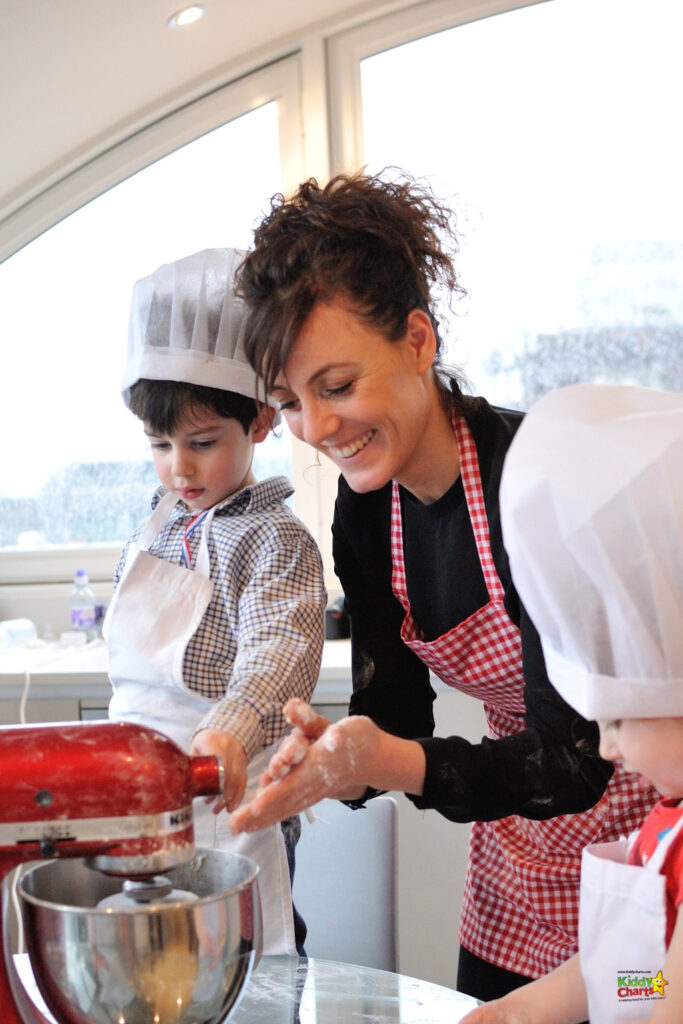

You simply cannot rush change when it comes it children who are on the spectrum. It is hard, for example, to introduce different foods, and new tastes. You are not going to see changes overnight and you must nurture small improvements gently and without too much fuss. One of my students was a little girl who, at the point she joined my classes, would only eat white food. Anything that was not white and, therefore, a “safe food” she had a massive fear of. This was a huge challenge, particularly when it came to handling raw foods such as meat and fish.
I took it very slowly when she was in our group class. After months of patience and trying plenty of different ideas to help her overcome her fear, things slowly progressed. Eventually, she was able to handle raw meat. It is easy to picture the day I spotted her at afternoon club, touching minced beef with no gloves on, while happily talking to the rest of the group. I literally froze for a few seconds when I realised how confident she had become. All I wanted to do was shout and cheer and cuddle her. However, I knew only too well that my reaction would not necessarily give a positive association and might trigger her. This could reverse months of work, so I had to keep my cheering on the inside.
6. Acknowledge and enjoy your successes


With autistic kids, it is hard to know if you are getting it right most of the time. It is difficult to see if you are helping with those food avoidances. The children often don’t show their feelings. Sometimes it’s hard to keep going because you can only guess whether they are making progress or not. However, when I see autistic individuals coming back to my clubs and kitchen, slowly I can see what is happening. I can see them becoming more independent, growing in confidence, staying calmer, trying new flavours, even cold foods, etc. This leaves me deeply happy and makes it all worthwhile. It is the small steps to success that can mean the most sometimes.
A few months ago, I cried when I received an email from the therapist of an autistic child. They had been cooking with me for two years. The email had good news in it. It was sent to tell me how much of a positive impact I have had on his therapy. She explained to me that since he joined the cooking camps, he has become more independent in his daily tasks and discovered new things, and flavours of foods. In fact, he is even willing to try different types of food that don’t have to contain sugar and that are not a specific colour. That email was one of the best rewards I have received in over a decade of working with kids.
It isn’t easy, but it is so rewarding….
Working with autistic children is a wonderful experience but it is rarely plain sailing. You are learning all the time they are learning. I think my most important takeaway from the experience is that if you are not ready to question yourself and also fail now and again, you should not cook with autistic children. Just as they need to learn to reset and try again a different way, so will you. If one approach doesn’t work you will both have to try another.
If you are able to go with the flow, the successes that come with territory will be your biggest motivation. You can remember them at times when things are more of a struggle. So, what are you waiting for? Time to roll up those sleeves – literally!
We hope you like this article, if you are looking for more content on neurodivergence, do check out these articles as well, alongside our resources for ADHD parents and teachers:
Other resources for neurodivergence
Here are some more articles and resources for neurodivergent children on the KiddyCharts site.
Here are more ideas off site too:
Other resources from the internet focused on support in Special Needs
Here are some more ideas for supporting children with Special Needs.
12 Activities to Promote Eye Contact
Encouraging eye contact is a great way to assist with promoting improvements in social skills.
5 Clean Science Experiments for Autistic Children
Sometimes children with autism don't like getting too messy - so here is some science fun for them!
48 Quick Sensory Bags to Make for Your Kids
Sensory play is excellent for supporting children with special needs, so here are loads of different ideas for you.
If you like what you read here, then do sign up for our weekly newsletter won’t you?
Thanks for coming,
Helen
